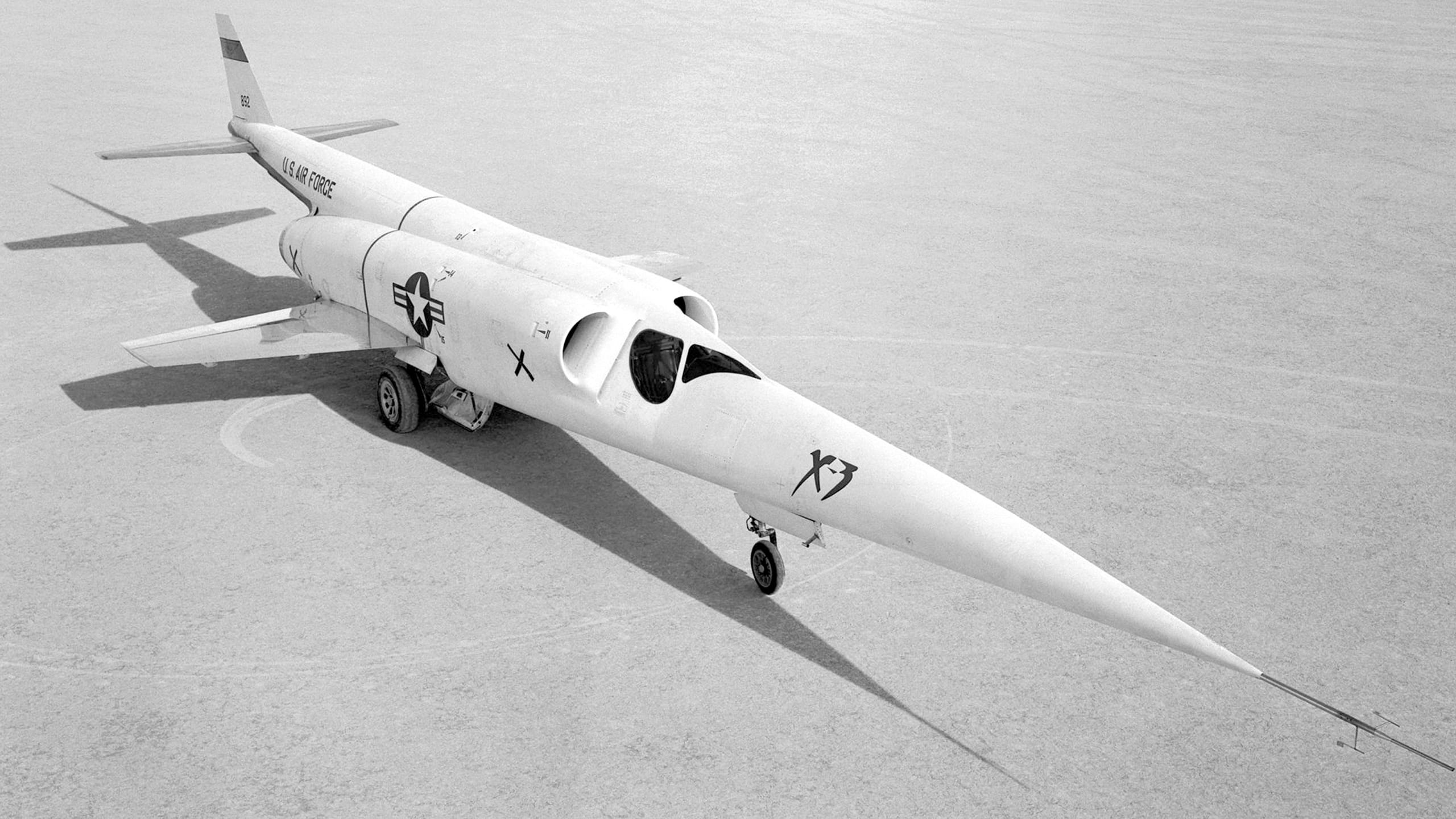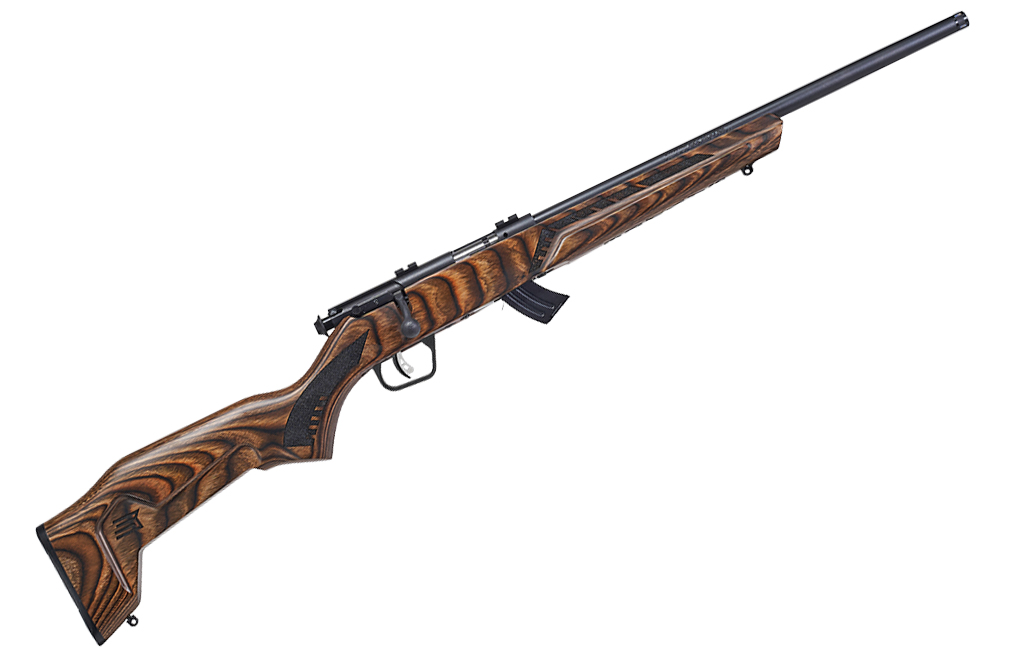In the summer of 1957, I was fresh out of college and starting my chosen profession. At the Marine Corps Basic School in Virginia with hundreds of my fellow second lieutenants, we went about learning to be Marine officers. We spent almost all of the first two months learning about weapons and how to use them. Mostly, we learned the basics of rifle and pistol marksmanship, but we also fired everything from flamethrowers to mortars.
For a gung-ho gun buff, it was paradise. But, I was particularly delighted one day when the schedule revealed we were to study “Browning Machine Guns, Caliber .30, M1919A4 and M1917A1.” I paid close attention that day, which was wise, because about a year later I found myself as a leader of a machine-gun platoon. When I plunked my butt down behind that first ’17, it was love at first sight.
Best remembered for the immortal M1911 .45 ACP pistol and the indomitable M2 .50-caliber machine gun, John Browning designed a great many other wonderful firearms. One of them is the superb .30-caliber machine gun that has me all teary-eyed this month.
Before they were replaced by the M60 in the early 1960s, the Browning M1917 and M1919 were made in many variations. The M1919A4 was a light, air-cooled version. Relatively portable, it weighed 35.5 pounds. Developed for the trench warfare of World War I, the heavier gun was called the M1917A1. It was heavier because it had a long, cylindrical barrel jacket, some 6 inches in diameter and full of circulating water for cooling.
Although the war ended before huge quantities of the ’17 Browning machine gun were delivered, it achieved a stellar reputation. The early guns were made the way we made all military arms in those days—with quality metals and careful craftsmanship. The ammo was met- iculously produced, loaded into heavy canvas belts and packed in solid-oak boxes.
By the time World War II rolled around, the doctrine for using the guns was beginning to change. That fat water jacket, combined with a gun-savvy crew, made the ’17 Browning a remarkable gun for night defense. It would sustain accurate fire for hours. That’s not constant fire, which is the stuff of Hollywood warfare, but four to six-round bursts. Only experience told machine gunners when it was necessary to change barrels. The guns were habitually deployed in pairs, and gunners were taught to shoot only when the other gun was silent. They literally talked to one another.
When the Marines took this legendary weapon to the first fights in World War II, there was no real way they could be used by the book. In the defense of Henderson Field on Guadalcanal, the Browning heavies were instrumental in saving the day. Yet, the legendary status of the M1917A1 is best exemplified in the defense of Alligator Creek by a handful of Marines.
One gun was sited at a critical spot opposite a shallow spot on this stream where the enemy could cross. Then, on the evening of Aug. 21, 1942, a full regiment of the Emperor’s best attacked. Machine gunner John Rivers waited until a mass of enemy infantry was well into the river, then started shooting. The big Browning chewed away at the enemy formation, leaving dozens dead and dying. A grenade mortally wounded Rivers, but his dying act was to clamp down hard on the gun’s trigger. Most of a full ammo belt—some 200 rounds—cycled through without a hitch. Squad leader Al Schmid pushed Rivers aside and took over. Along with assistant gunner John Diamond, Schmid carried on during the repeated frontal and flanking attacks.
Later, Schmid lost the use of his eyes—but not those well-trained hands—to an enemy grenade. Diamond was wounded badly enough he could neither fire the gun nor load it. He teamed up with Schmid, nudging him one way or another, as well as shouting commands to keep the critical .30-caliber firing accurately. The two Marines—and an unconquerable firearm—fought all night. Toward dawn, relief troops got to the bloody riverbank where they found two shot-up Marines, a battered ’17 and a hell of a lot of brass in a shallow gun pit. There were about 200 dead enemy within range of the gun.
If you are gonna fight all night, you’d better have proper fightin’ iron.
Read the full article here









![KE Arms Shotgun Picatinny Stock Adapter [FIRST LOOK] KE Arms Shotgun Picatinny Stock Adapter [FIRST LOOK]](https://www.recoilweb.com/wp-content/uploads/2025/01/KE-Arms-Shotty-3.jpg)


Leave a Reply